Bastiano di Niccolò, Matteo and Bartolomeo Torelli
Artists
The accounts do not specify the contributions of these artists, only the sums they were paid. Bastiano di Niccolò received most of the total – over 31 golden florins – suggesting that he may have been paid for the work of assistants as well as his own. Bartolomeo Torelli received 58 lire and Matteo Torelli over 47 lire. The involvement of Matteo Torelli and Bastiano di Niccolò must have been greater than the direct payments suggest. Matteo was renting a workshop from the Badia’s monks, while Bastiano di Niccolò was renting both his house and workshop from them. Between 1402 and 1405 they deducted from their rents sums that Acciaiuoli owed them for work on the Missal.
Bastiano di Niccolò and Bartolomeo Torelli are known from documents, but no other works by them seem to survive. Matteo Torelli is often considered the Missal’s main artist, but his corpus is still the subject of debate. Manuscripts once associated with the young Matteo and now reattributed to the Master of the Breslauer Epiphany (named after a page with an Adoration of the Magi, formerly in Bernard Breslauer’s collection) show strong affinities with figures and facial types painted by two of the Missal’s artists who were responsible for most of the pages with major illuminations (Hands A and B).
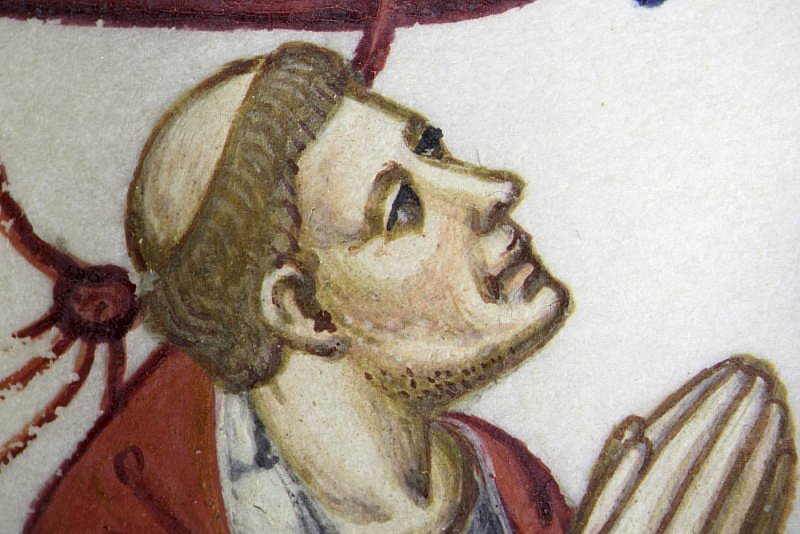

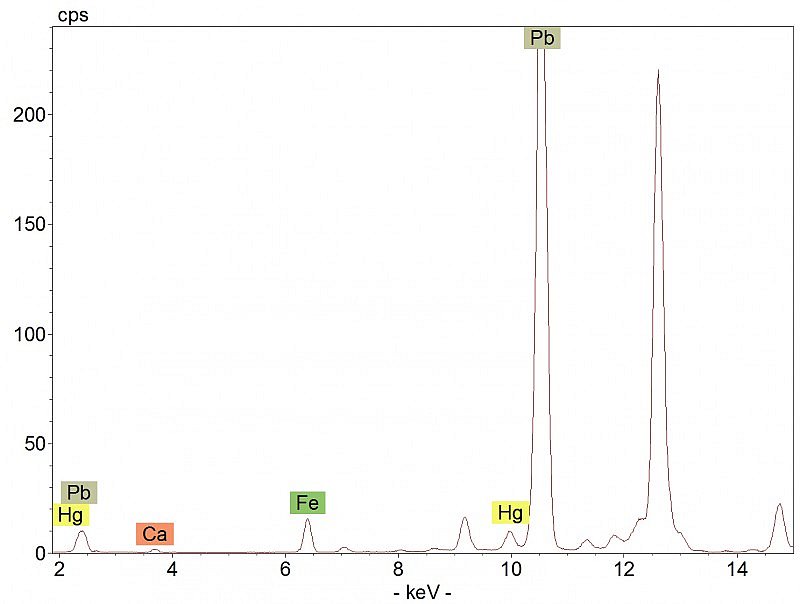
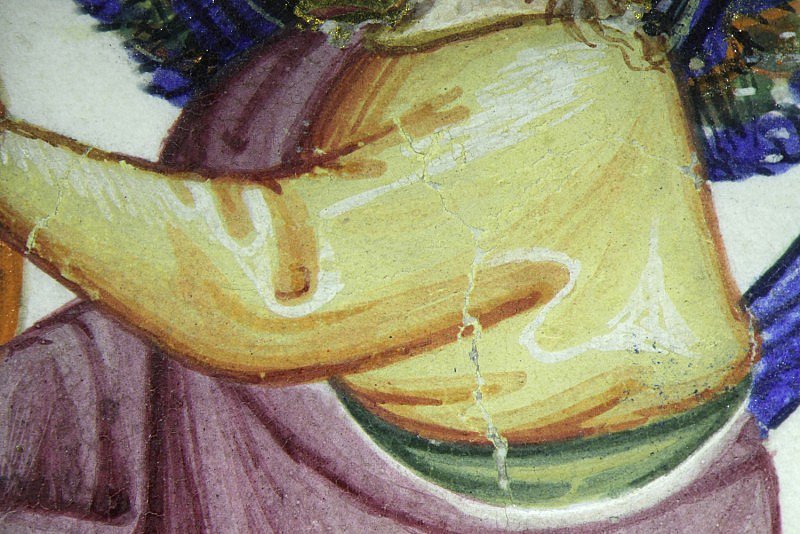
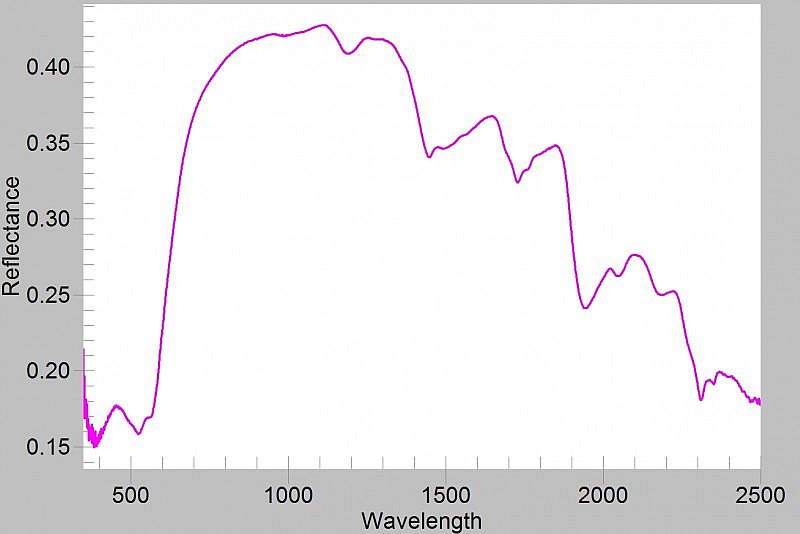
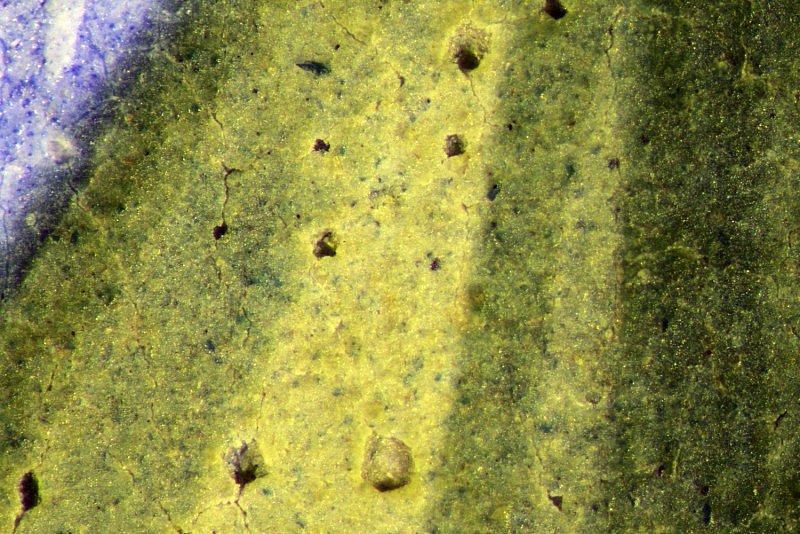
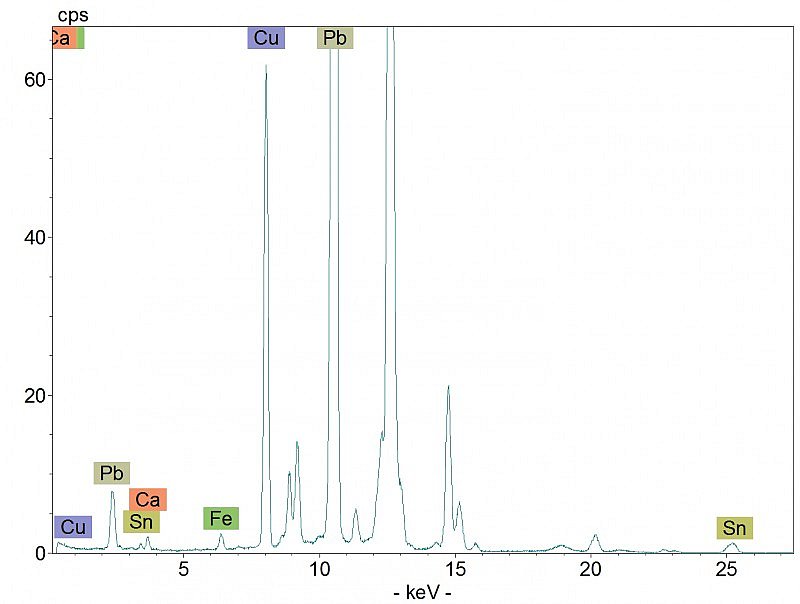
Historiated initial A with Christ blessing and border with Angelo Acciaiuoli’s portrait and arms (Mass for Advent Sunday)
The elegant figures with delicate faces are representative of Hand A. The complex modelling and careful blending of the flesh tones demonstrate his remarkable technical skill (hotspots 1 and 2). He used egg yolk as a binder to paint the figures, both in the miniature and in the border (hotspot 3), and favoured mixtures of azurite with yellow pigments to obtain green hues (hotspot 4).